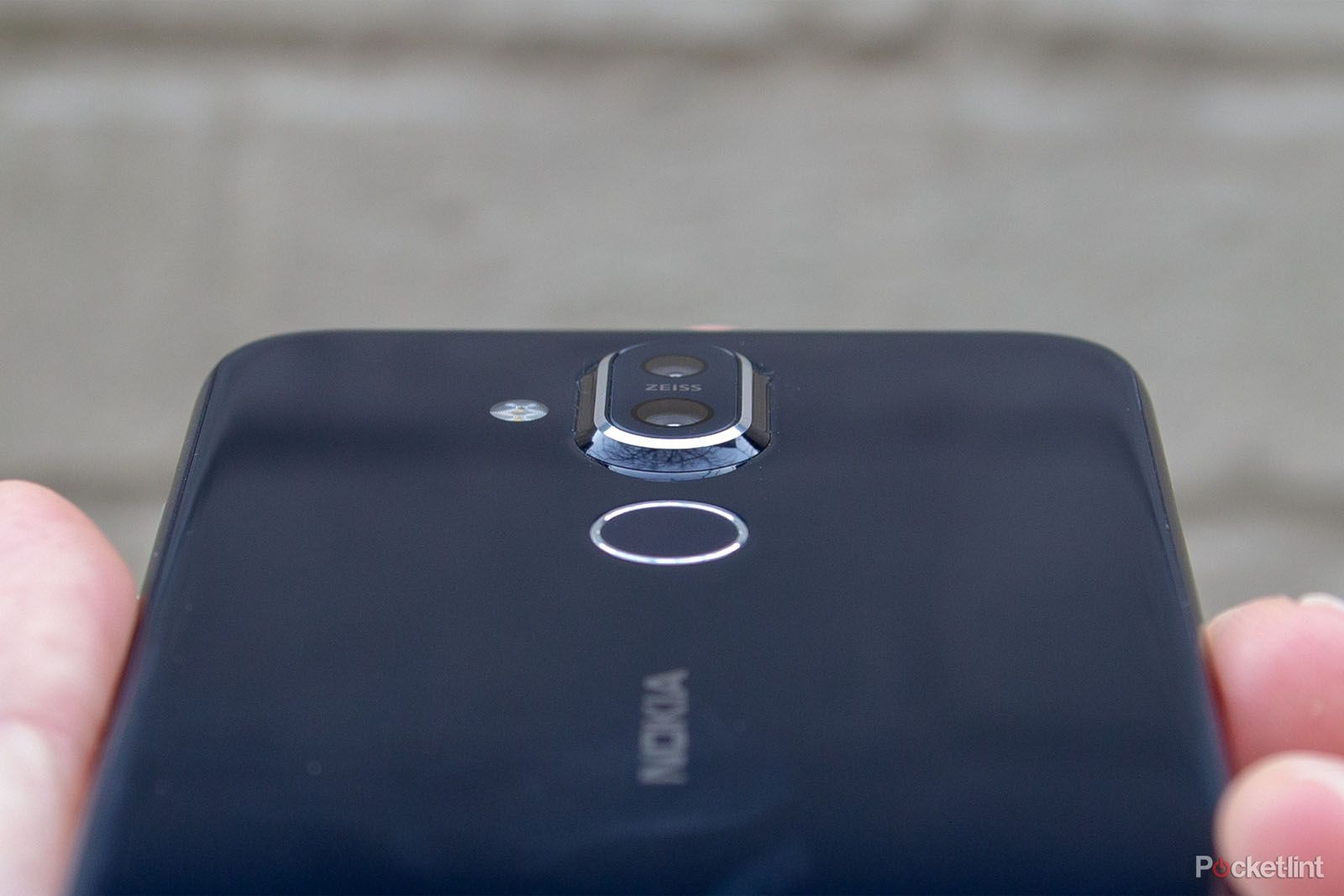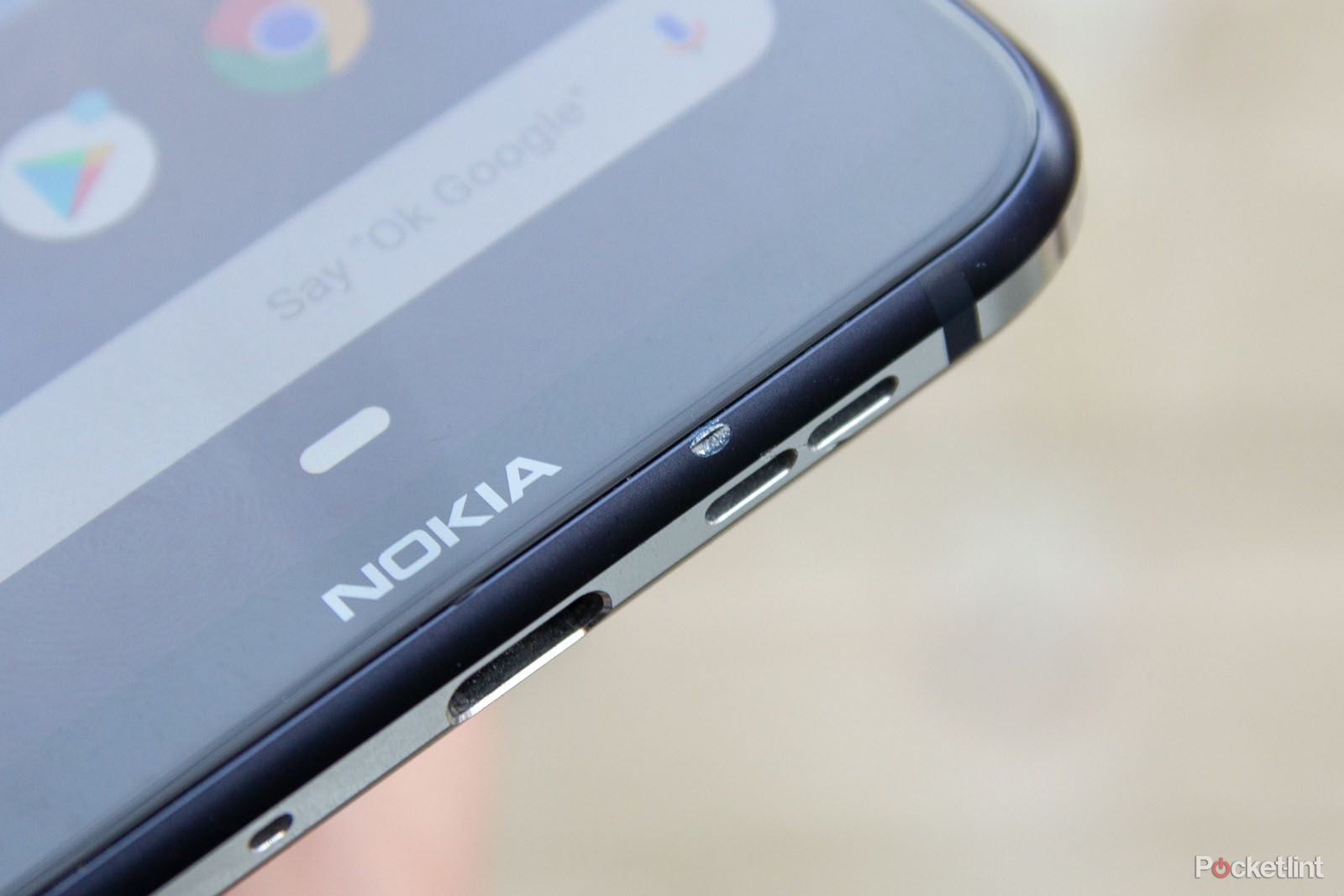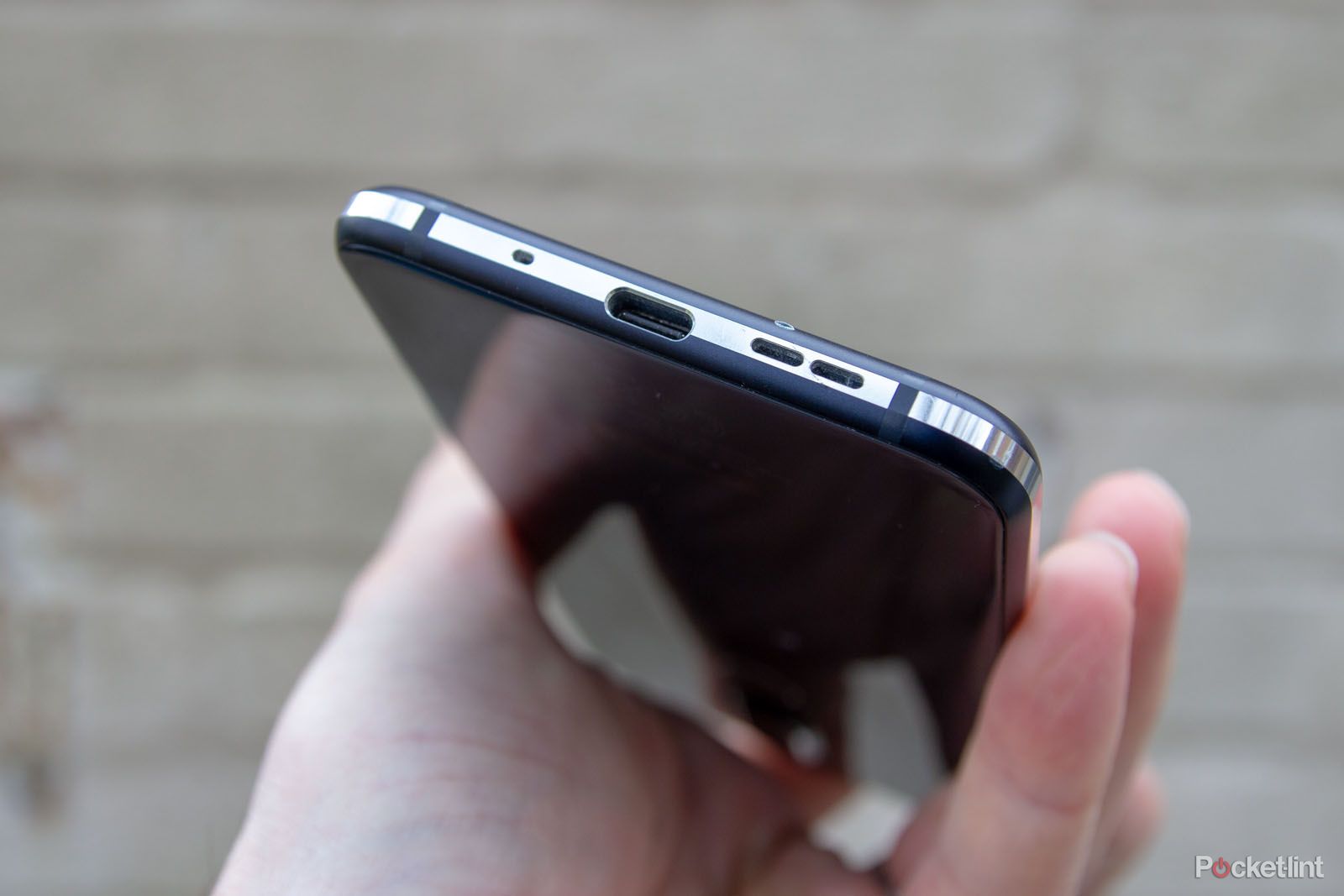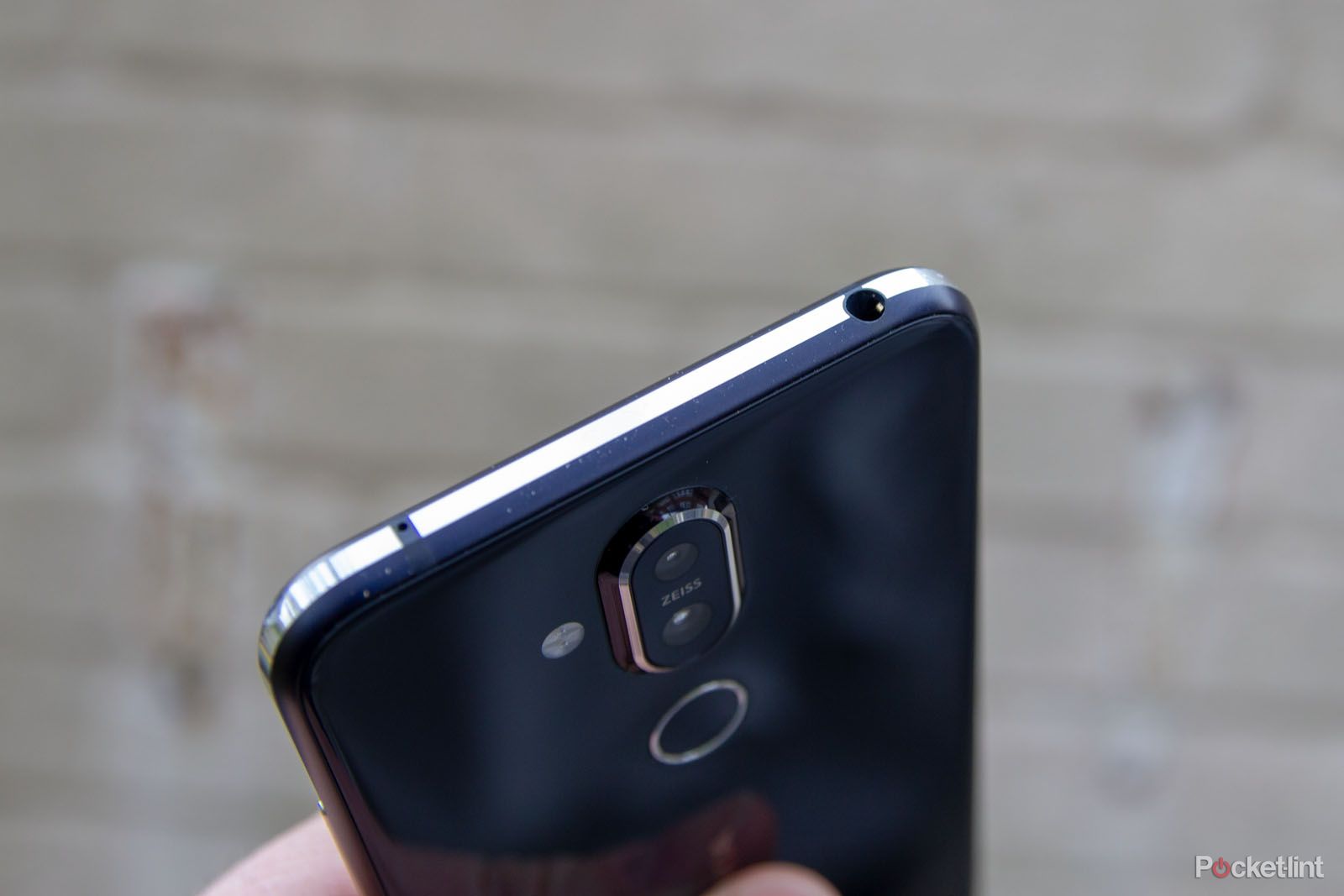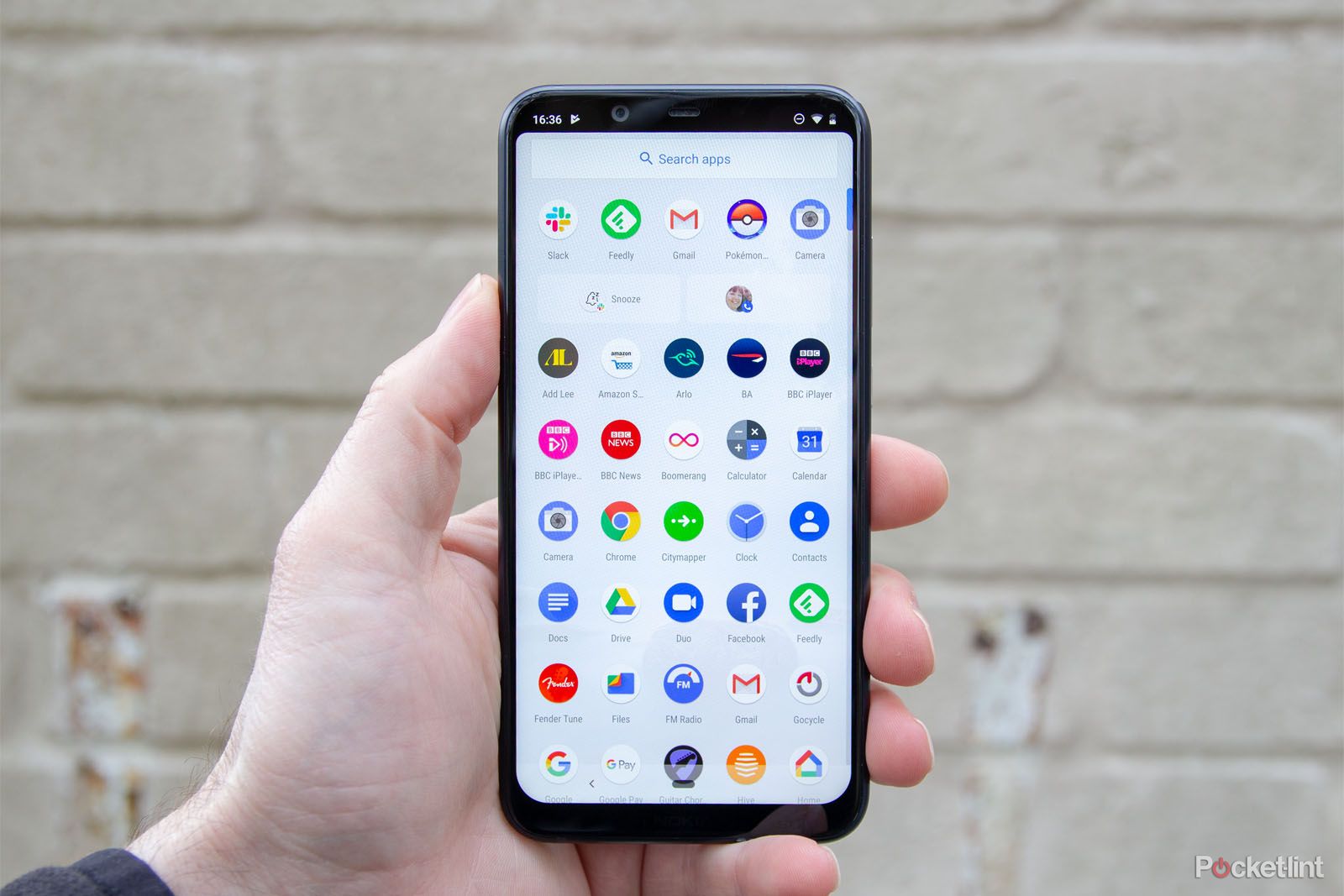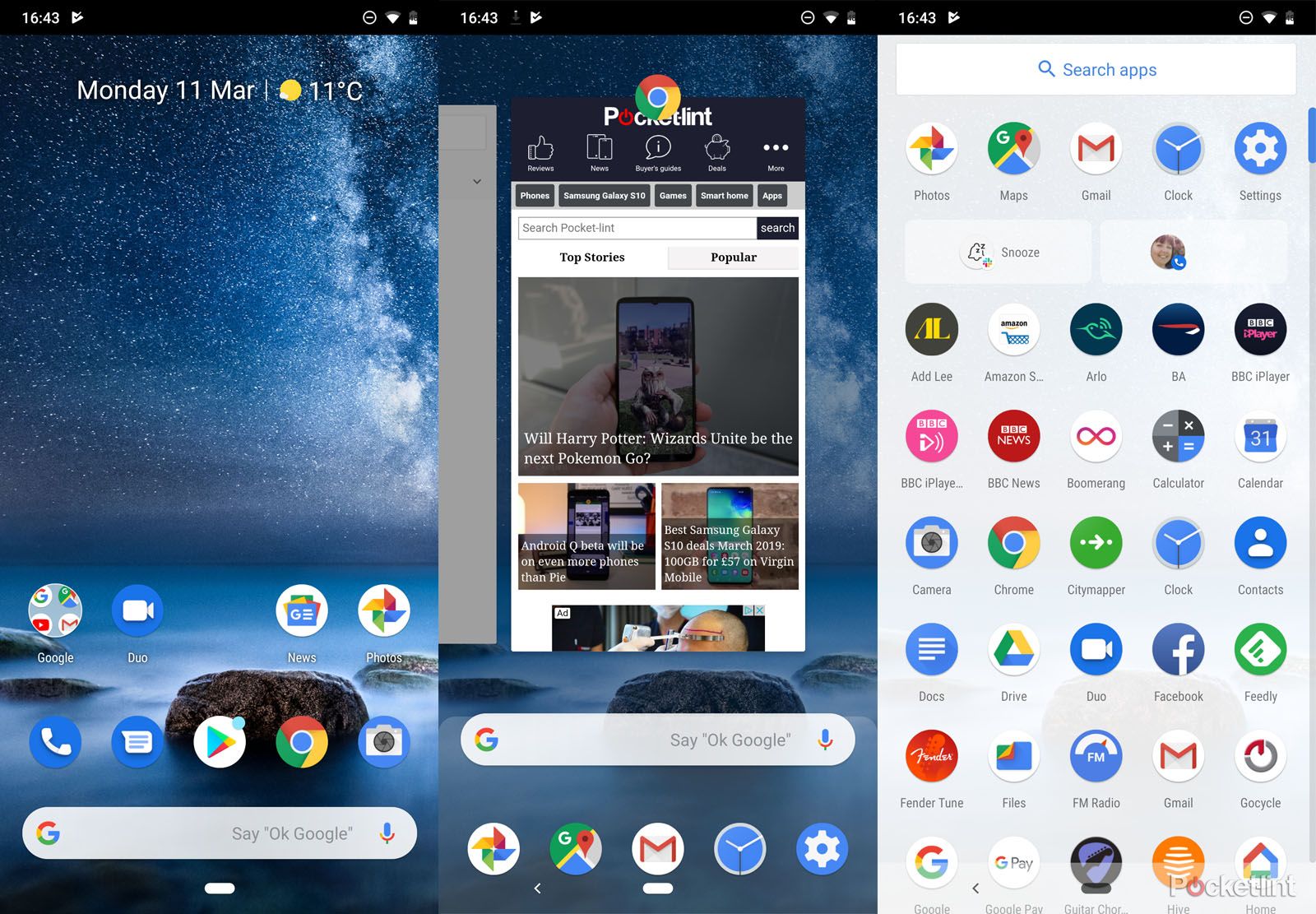The Nokia 8.1 is a slightly confusing phone. Having launched the Nokia 8 as a flagship device, the Nokia 8.1 hangs onto the name but slides into the mid ranges.
There's now the Nokia 9 PureView topping HMD Global's range of Nokia handsets, leaving this 8.1 in a sort of mid-range no-man's land. On the surface it has a lot to offer, but can the Nokia 8.1 really compete?
Nokia 8.1
Our quick take
The Nokia 8.1 has a lot going for it, but it's still an odd phone. The design is generally good - apart from its inability to stay on a shelf due to its slippery finish - and we like the camera experience. But it's a phone that feels too expensive compared to the rest of the market.
For while the Nokia 8.1 doesn't really do too much wrong, it's hard to choose it over the Moto G7 models - the Power especially, given its massive battery life - or a phone like the Xiaomi Mi 8.
If you can find a great deal then certainly the Nokia 8.1 has its appeal, but as it is, there are just too many good rivals out there.
Best Nokia 8.1 deals
Alternatives to consider
Motorola Moto G7 Power
The Moto G7 Power has one main thing going for it: a 5000mAh battery. That means it's a phone that can outlast just about any other phone you can buy - and this isn't an expensive handset. Yes, the hardware is mid-range and that means some performance dips, but on the whole, you're getting a very usable phone that offers a lot for the money.
Xiaomi Mi 8
The Xiaomi Mi 8 has its failings - mostly around the software experience - but with a price that's fallen since the launch of the new Mi 9, this is a hugely affordable flagship-level device. It packs in a camera that will outclass many at this price too.
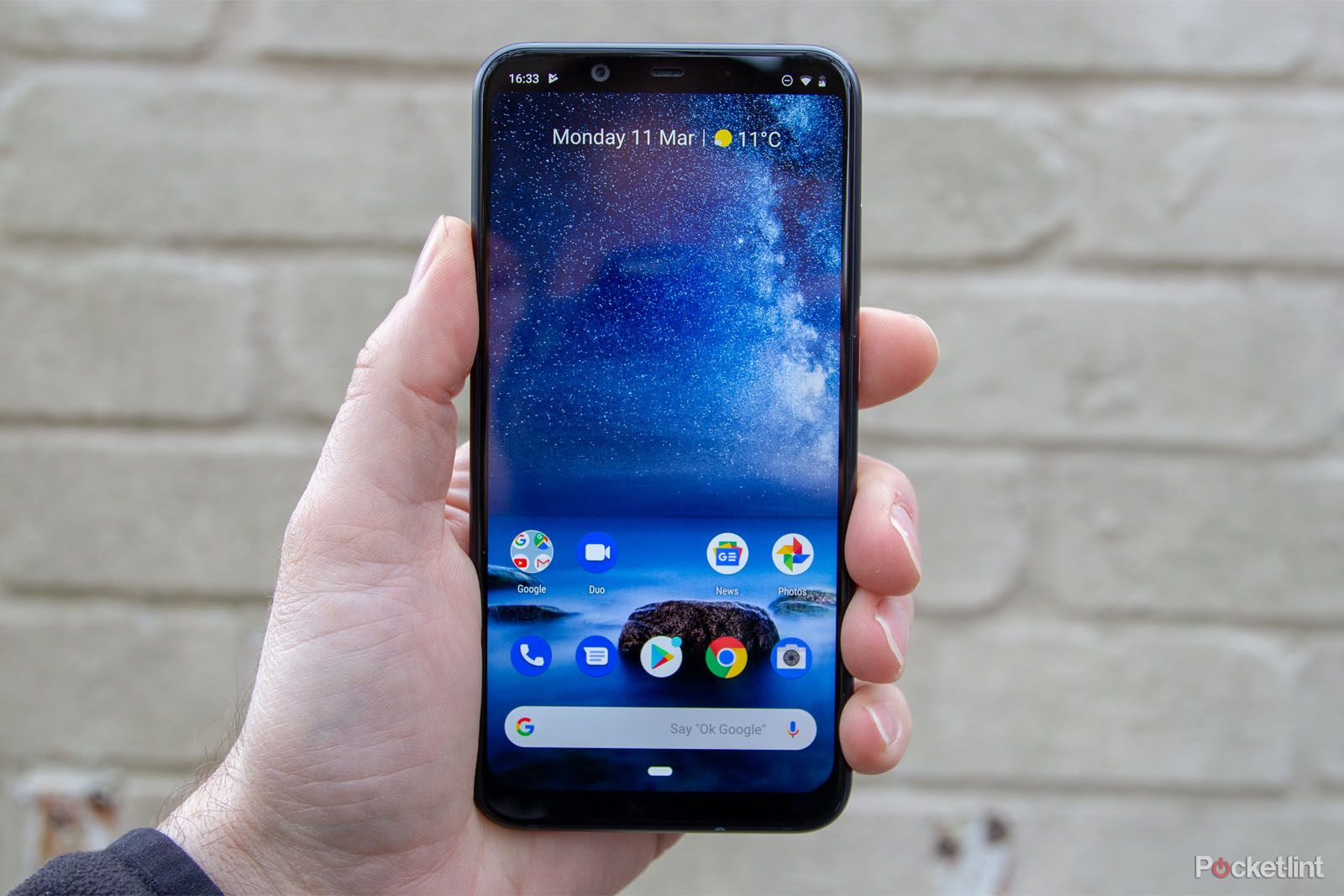
Nokia 8.1 - 3.5 / 5
| FOR | AGAINST |
|---|---|
|
|
Nokia 8.1
Design
- 154.8 x 75.76 x 7.97mm; 180g
- Metal core with glass back
HMD Global is doing a good job of creating quality phones - and that's one thing the Nokia 8.1 gets right. An aluminium frame meets a glass back; it's slim, light in the hand and pretty compact, shifting to a notched display so there's less bezel than earlier devices.
A silver band adds a small highlight around the edges, but for all the slimness there's a fairly big camera bump on the rear - it really juts out.
This is also a fairly low friction phone. When we lifted our review sample from the box we noticed a dink out of the frame and low and behold, it wasn't long until we'd managed to add another.
This phone's slippery finish means it just doesn't want to stay on any surface either, moving seemingly untouched like it's in a Poltergeist movie. We'd put it on a bathroom window ledge and somehow - remarkably - it managed to slide itself off onto the tile floor. Another time we left it on the mantelpiece overnight, and found it on the floor the next day. It even managed to slide itself off the sofa - and in no cases was vibration or sound turned on.
We added a few more chips to the frame, but not through carelessness. At least you know it can take a bit of abuse - something Nokia phones are known for - but if you're accident prone, then definitely look at getting a case for it.
Hardware and performance
- Qualcomm Snapdragon 710, 4GB RAM
- 64GB storage + microSD
- 3.5mm headphone socket
- 3500mAh battery
With the Nokia 8.1 slipping (literally) into the mid-range, it doesn't quite have the snap of flagship rivals, but in daily tasks that makes little difference to its performance. This phone is as good as any when it comes to crunching through your emails or DMs.
There's an uplift compared to the Snapdragon 600 series, graphically, and that's noticeable when it comes to gaming: the Nokia 8.1 will run a game like PUBG Mobile on high graphics settings, compared to something like the Moto G7 Power and its limited low settings.
So in terms of pure performance, there's little to complain about: the Nokia 8.1 works as a typical mid-ranger, lacking the thrills of top-tier phones, but delivering a lot of the Android software experience without fuss.
When it comes to the battery, the Nokia 8.1 will give you about a day of life. In harder use you'll find this slips to the mid-afternoon and that's where you'll find that working the hardware a little more intensively takes its toll.
For us, one of the big problems that the Nokia 8.1 faces is that it doesn't do a huge amount to justify itself compared to that phone we just mentioned - the Moto G7 Power - which, while being slightly lower positioned in terms of core hardware, offers double the battery life.
This Nokia phone supports fast charging via USB-C up to 18W however, with an 18W charger in the box of our review device. That will get you back up to charge in no time at all.
There's also a 3.5mm headphone socket, adding convenience for those with wired headphones. You'll probably need them as the solitary speaker on the Nokia 8.1 is rather poor - it's positioned on base of the phone and if you're a gamer then it's almost impossible not to cover it.
Display
- 6.18-inch LCD display
- 18.7:9 aspect ratio
- Notched but not notched
As a 2018 launch the Nokia 8.1 is typical of so many phones from the year of the notch. That notch is hidden, in that you only get system information to the sides of it, but there's no option to expand your wallpaper or apps into this space. So it's notched but not notched, moving that top line of information off the main display but not letting anything else into it. That's doubly confusing, as Nokia's official images all show the wallpaper extending into the notch spaces.
It appears that on some software versions of the phone you could turn off the "hidden notch" via developer options, but that seems to not be available on our review unit. That's a bit of a shame really, because you don't get colour matching with app content flowing into that space. If you don't like notches, then fine, it isn't a problem, but it's odd that you can't do anything about it.
The display itself is pretty good in terms of the colour it will produce, although the auto-brightness leaves things on the dull side, meaning you're better controlling it manually. It also has a pretty fatal flaw with the polarising layer which is vertically aligned, meaning that if you're wearing polarised glasses the display will black out completely when holding your phone in a portrait orientation - which is pretty much all the time in normal use.
The Nokia 8.1 supports HDR10 according to the spec sheet - but it doesn't appear on Netflix's list of supported HDR devices, so you're unlikely to come across any high dynamic range content on it.
Cameras
- 12-megapixel, 1.4µm, OIS main
- 13-megapixel secondary depth camera
- 20-megapixel front camera
The Nokia 8.1 is one of those phones that puts two cameras on the rear of the phone, with the second lens only being there for depth information. While some might be disappointed by the lack of zoom or other functions, that does mean you get live bokeh options (that software derived blurred background effect) on the rear camera.
The camera is one of the relative strengths of the phone. It offers an artificial intelligence (AI) scene recognition feature - aiming to give you the best settings for your shots - along with a full range of functionality, like manual controls and slow-motion.
Video runs up to 4K resolution on the rear camera, as well as the option to live broadcast right from the camera app to Facebook or YouTube.
The live bokeh function is very much on the pulse of mobile photography, detecting depth and then giving you a slider so you can change the intensity for the result you want. If you don't like the result, you can also then edit the depth in the Google Photos app, again showing off that seamless Google experience for which Nokia is becoming known.
The results are pretty good too and not just from those bokeh functions. The Nokia 8.1 is a respectable performer in a wide range of situations, offering shots with good colour, vibrancy and detail. It will also acquit itself fairly well in tricky lighting situations, although it doesn't have the low-light skills offered by night modes on some flagship models.
The front camera is good too. It doesn't offer live bokeh like the rear but it does have a bokeh mode, effectively separating you from the background with believable results. The high resolution means things can look pretty sharp - which at times might not be so flattering, but there is a beauty mode to flatten this a little if that's what you want.
While the front camera also uses AI to detect the scene, it's not so good at using HDR to balance out. Backlighting often causes the front camera to lose its grip of exposure and the auto HDR often turns off when a face is detected - and doesn't work in bokeh mode at all.
Still, overall, it's a very capable system, and the camera is certainly a highlight of the phone.
Pure Android software
- Android One operating system
- No bloatware
Nokia made a commitment to Android One in 2018, meaning that its phones from that point on were, in Nokia's words, pure, secure and up-to-date. Android One is pure Android for third-party manufacturers (i.e. not the Google Pixel phone), but the experience is as close to the Pixel as you'll get on a software front. As such, Nokia has also been great at updating phones to the latest version of Android, with its portfolio swiftly moving to Android 9 Pie.
The only addition is the camera app, which is Nokia's own, and an app called My Phone, which was previously a Nokia support app. There's no Facebook pre-install, no apps you can't get rid of, no duplication of services or backdoor advertising.
On the Nokia 8.1 things run swift and fast and we love the purity of the experience. While it won't do as much out of the box as some rivals, you don't have to spend your time unpicking pre-installs or disabling apps you don't want.
It's also in the software that Nokia betters some rivals. We'd choose pure Android over most skins (perhaps Samsung excluded), but once again it's pretty close to the experience of the Moto phones. But with the Moto G7 being quite a bit cheaper and offering more in for your money, the Nokia 8.1 faces a struggle.
The same is true of aggressive brands like Xiaomi. The Mi 8 - that company's 2018 flagship - is the now same price as the Nokia 8.1. While Nokia offers the better software experience, the Mi 8 is a much more powerful device with camera skills to match.
Nokia 8.1
To recap
The Nokia 8.1 has a lot going for it, but it's still an odd phone. The design is generally good - apart from its inability to stay on a shelf - and we like the camera experience. But it's a phone that feels too expensive compared to the rest of the market.



